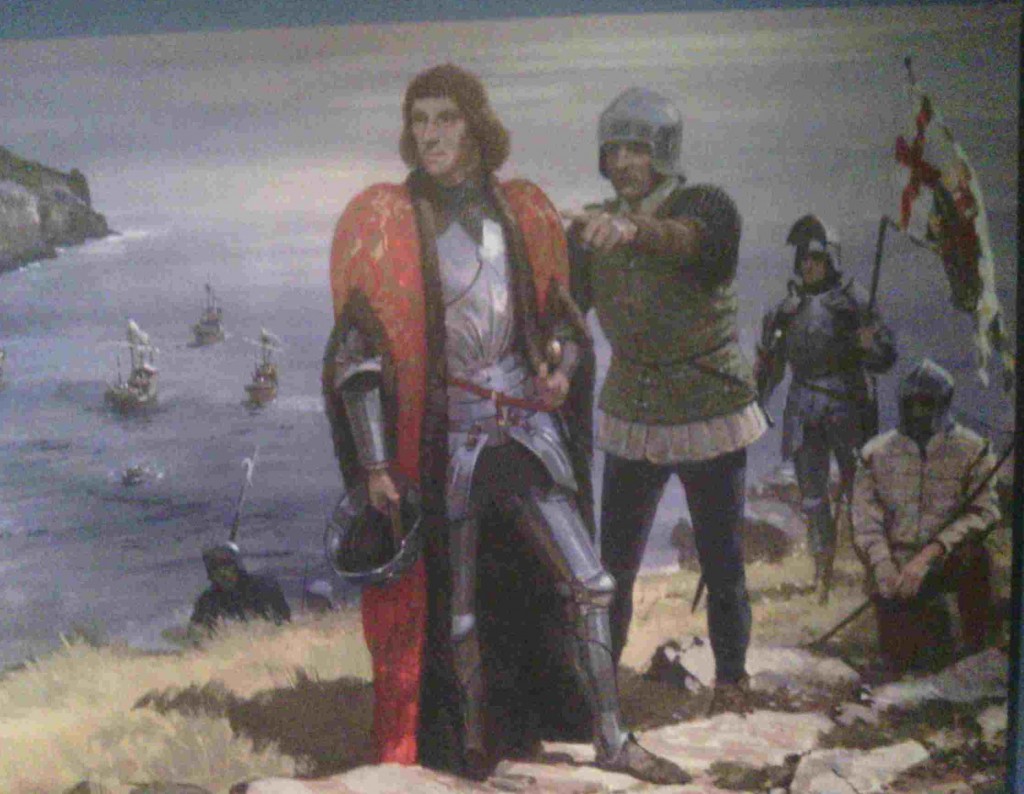
One of the most difficult transitions for a business is to move from being a family business controlled by its owner manager, to one capable of expanding to a size where a more corporate structure is needed. Guardian Water Treatment Limited is an ambitious building services business at this stage in its development.
Guardian Water Treatment Ltd
Founded in 2001 by Mark Hobson, Guardian Water Treatment Ltd (GWT) is bringing science to the business of managing water and air purity in buildings in the face of regulation and the real risks of Legionnaires Disease. The business currently has a turnover in the £millions and has ambitions to grow to much more. GWT has a mixture of head office and home based sales and engineering teams. The management wanted to hold a management study day to get people together out of the office and to discuss some of the issues facing the business as it grows.
Opposed take over of the Family Business – Henry Tudor lands
GWT was interested in looking at the following:-
- The step changes required as a business grows.
- The need to change business process in order to fully benefit from the potential of technology.
- The challenges of retaining human capital.
- Developing culture and processes that retain flexibility and responsiveness
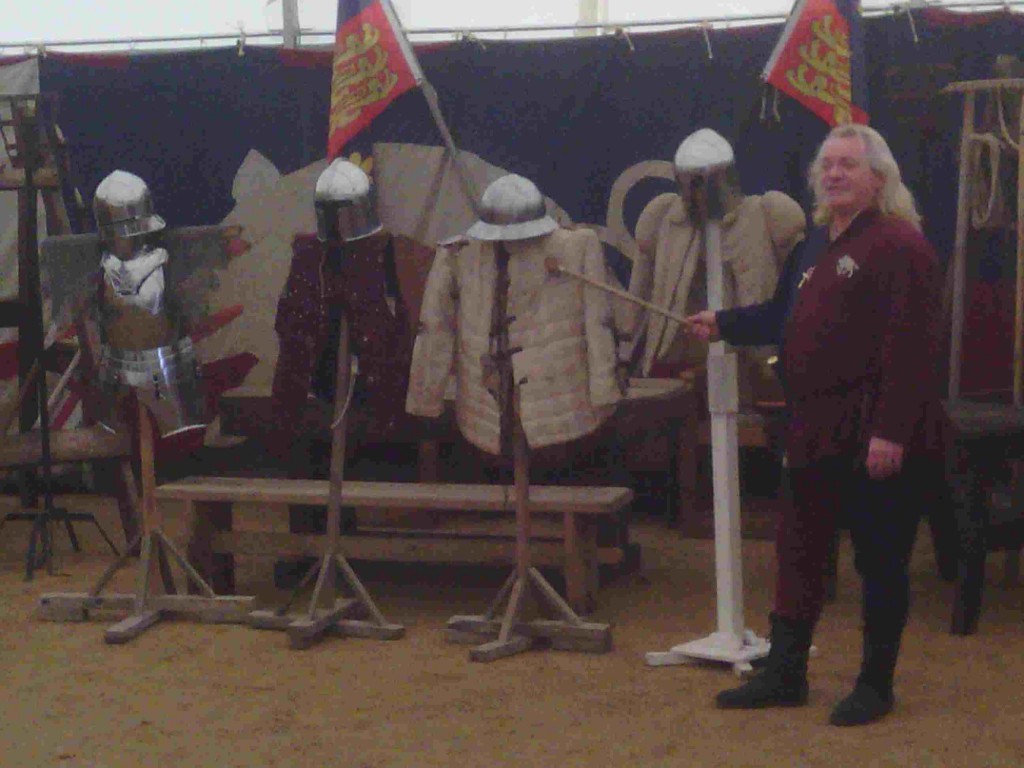
A management study day could be held, in theory, anywhere. One could hire a conference room in any of a number of hotels. But there are good reasons for looking beyond a purely formal meeting. Teams can only bond when their members have an opportunity to meet each other outside the day to day working environment. Excursions of all sorts provide a framework for building relationships with colleagues one might have only dealt with via the telephone or email. Historically, businesses have used sporting and cultural events for management level team building, but a round of golf or a day’s shooting is not for everyone.
Business Battlefields
Business Battlefields is a business service which provides corporate business events on historic battlefields. It was founded by Frank Baldwin in 2005 and its customers include Merrill Lynch, Marks and Spencer and Boeing. Business Battlefields was engaged to find historic locations which would provide a setting for GWT’s management study day.
A visit to the battlefields is a chance to compare current organisational issues in a way which enables participants to make connections and draw lessons from history which they may not otherwise see. It provides scope to tell stories that make it easy to understand and share messages which can be applied in a business situation.
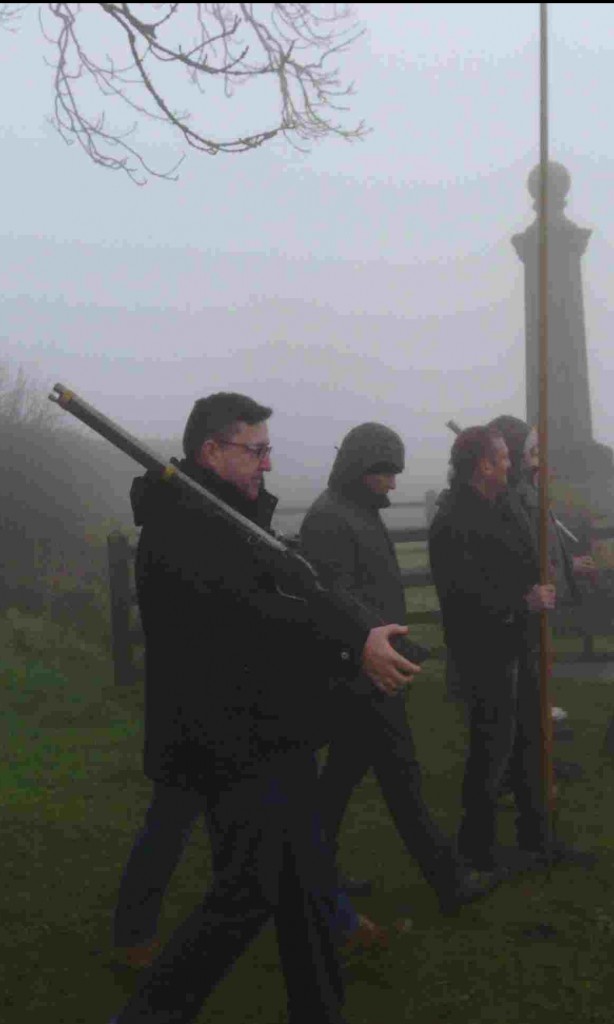
The battlefields of Britain offer a great background for the study of business problems. The battles of Bosworth (1485) and Naseby (1645) are a source of lessons for a business growing from being family run to building the framework to become a global player. In the case of our battlefields, the business is protection and the family is, of course, Britain’s own Royal family.
Both battlefields are situated in the East Midlands and well served by business hotels, restaurants and pubs. The Bosworth Battlefield Centre provides an excellent interpretation of the battle supported by a collection of weapons demonstrated by a medieval martial arms expert. Naseby has no interpretation centre but has viewing points, which can be supported by living history
The battles of Bosworth and Naseby represent different eras in the development of armed forces. The Battle of Bosworth 1485 is one of the last battles of the medieval age. Richard III and Henry Tudor were feudal warriors leading factions fighting for control of the family business. Their rule was personal and their armies were comprised of bands of warriors owing loyalty in a way which stretched back to 1066 and earlier. The Battle of Naseby 1645 is the start of the modern world. The British Army is descended from the New Model Army with governance and organisational structures familiar to the modern world. Today’s soldiers could understand the organisation and rank structure of the New Model Army. Between Bosworth and Naseby there had been a military revolution, based on gunpowder technology, but requiring far reaching organisational and cultural changes. These made the European model of warfare a world beating model and enabled the European countries to colonise the world between 1600-1900.
Richard III and Bosworth: A Hostile Take-over of a Family Business
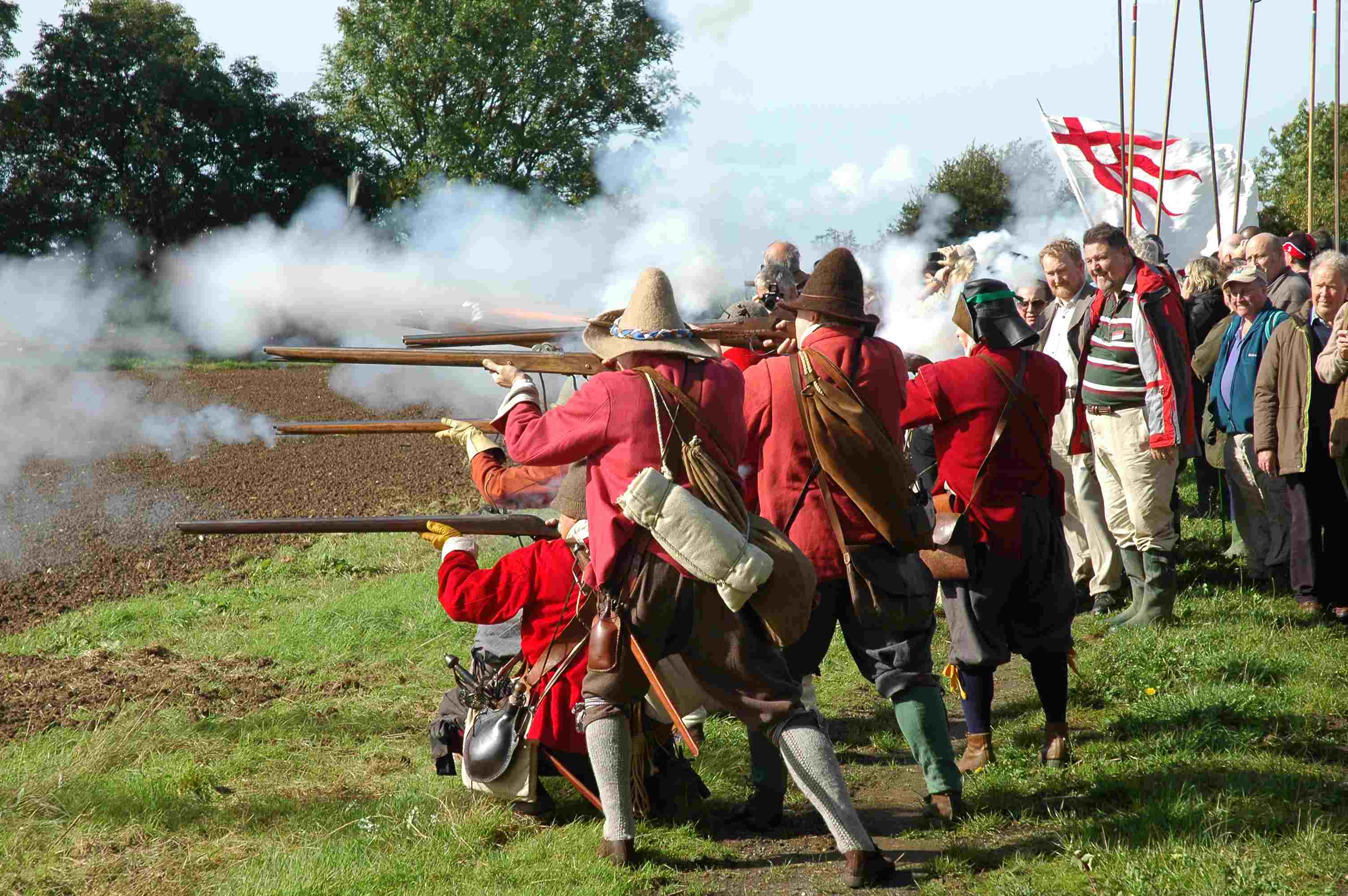
The story of Richard III is one reason why the Bosworth battlefield is fascinating. There are many lessons to be drawn from his short reign. The problem with family businesses is that genetics is not the best recruitment mechanism. Richard found himself as the man with the skills and experience for the top job while knowing that it would go to his juvenile nephew. He chose to mount a coup and wrest control, but ultimately failed because he could not win over all the stakeholders. It’s a cautionary tale for anyone. Do you settle for second best or risk all to win everything? Our client hasn’t relied on recruiting family members but there are lessons to be learned by privately owned businesses of all sizes.
These battles offer examples of the significance of the organisational and cultural impact of changing technology. The big difference between Bosworth and Naseby, less than 200 years apart, is the nature of the armies. Bosworth was fought by craftsmen; Naseby by mechanics. The warriors who fought at Bosworth, from King Richard downwards were trained to varying degrees from their youth in the martial arts they practiced. It took ten years to train an archer to use a war bow, and knights, squires and men at arms took a comparable time to master the variety of edged and blunt weapons used by a late C15th army. By the C17th soldiers were drilled and trained to use simple weapons such as the musket and the pike which could be taught in hours and days rather than years. And, with drill books sent across the world, could be taught to anyone. It’s a brutal lesson in the value of scale-able, low cost and repeatable solutions.
Gunpowder – the catalyst which replaced Craftsmanship with Process
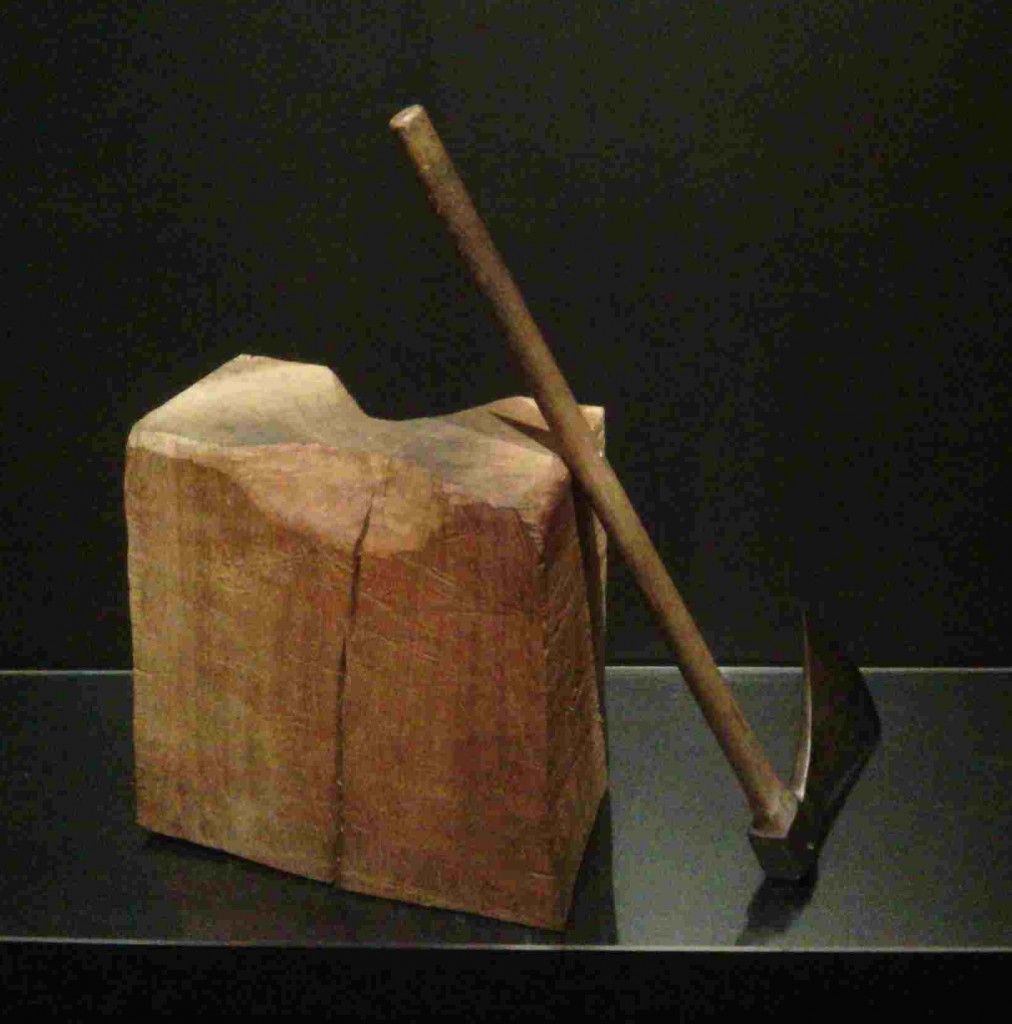
Other lessons from the New Model Army are the lessons for re-structuring. In 1644 Parliament had a problem with its military forces. The armies were created by local associations and commanded by the local Lords and MPs. Its success rate had been, at best, patchy and forces were tied to local regions. Parliament took the decision to form a homogeneous national army. One of their key decisions was to remove the owners of the individual armies via what is known as a the “self denying ordnance” by which Members of Parliament, (with a few exceptions) were to resign from their command positions in the army. The New Model Army, led by Sir Thomas Fairfax demonstrated its quality in its first battle at Naseby. This has an obvious lesson for any business seeking to assimilate an amalgam of acquisitions – remove the previous management.
GWT wanted the following from the day:
- An opportunity for the management team to get to know one another outside of the working environment.
- A chance to discuss the challenges of embracing new technologies, growing the business and managing change.
- To use lessons learned from history to bring to life the challenges being faced while also explaining that they are not new challenges and there are opportunities to learn from history.
- To enjoy a new and interesting experience.
Dan Doherty, the client contact, said: ‘Frank’s encyclopedic knowledge, connections and passion for what he does makes for a unique, interesting and beneficial experience. Most importantly, Frank is no everyday military historian; he has both military experience and a successful career in business and management. This is a heady cocktail of original and high value experiences that will benefit any organisation that wants to think outside the box for team building exercises.
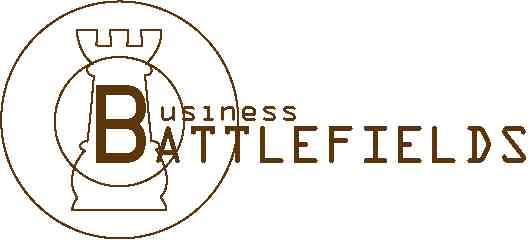 More information about Business Battlefields here
More information about Business Battlefields here
